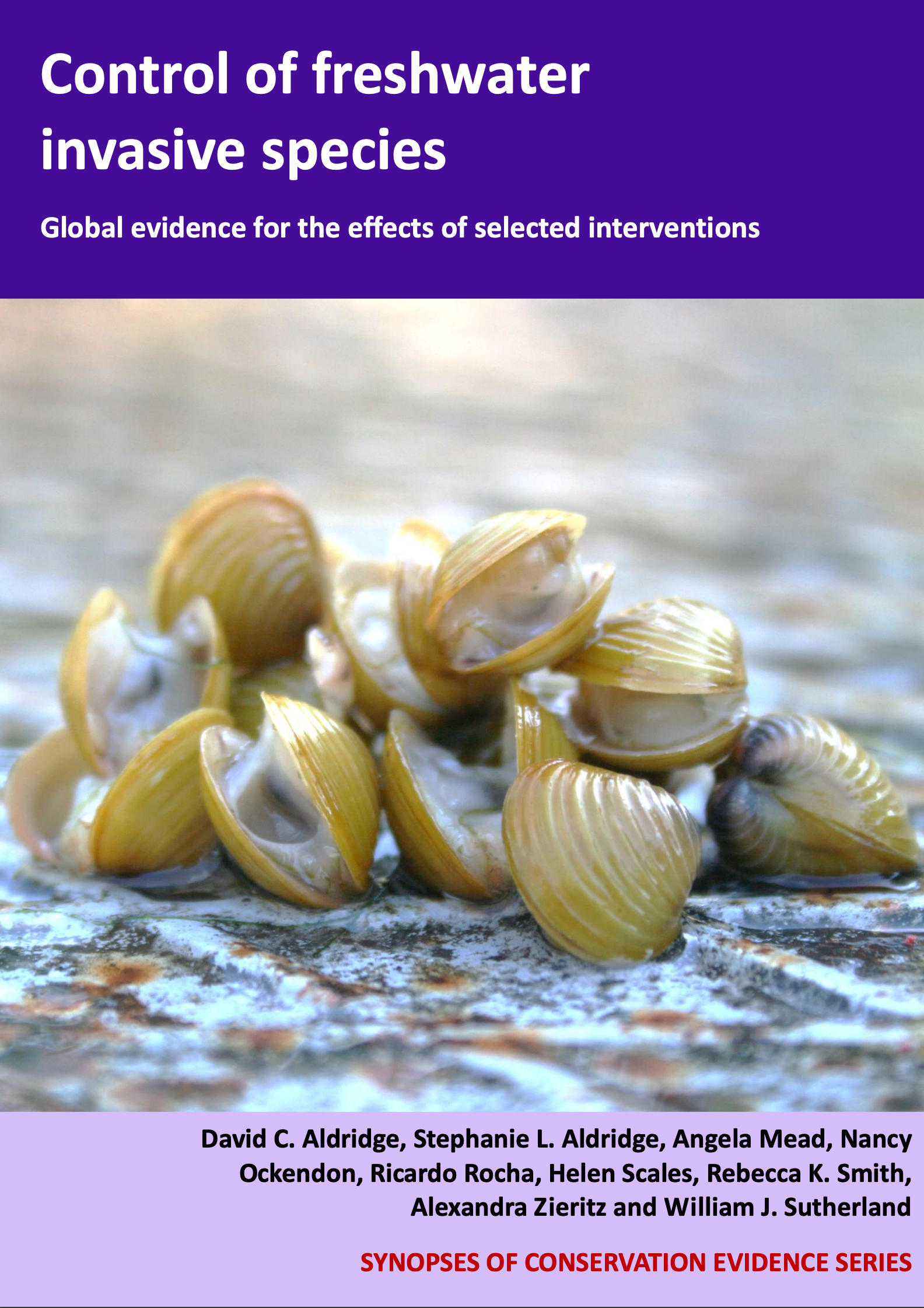Brown and black bullheads: Netting
-
Overall effectiveness category Likely to be beneficial
-
Number of studies: 1
View assessment score
Hide assessment score
How is the evidence assessed?
-
Effectiveness
55% -
Certainty
55% -
Harms
not assessed
Study locations
Supporting evidence from individual studies
A replicated study from 1999-2000 conducted in small, shallow, interconnected ponds in a nature reserve in Belgium (Louette G. & Declerk S. 2006) found that double fyke nets were an effective tool to significantly reduce the population of brown bullhead Ameiurus nebulosus. In ponds smaller than 1.5 hectares, a set of 12-16 double fyke nets caught an average of 66% (maximum 80%) of all brown bullhead measuring over 8 cm within one to two days. Capture rates were lower in a larger pond of three hectares. Mean depth of the ponds was 1.5 meters. The fyke nets consisted of two conically shaped nets connected by a vertically hanging net (11 x 1 m). Each fyke net had a total length of 8 m and mesh size of 8 mm. Trapped fish within the nets were counted and measured over one to two days.
Study and other actions tested
Where has this evidence come from?
List of journals searched by synopsis
All the journals searched for all synopses
This Action forms part of the Action Synopsis:
Control of Freshwater Invasive Species
Control of Freshwater Invasive Species - Published 2017
Control of Freshwater Invasive Species Synopsis





)_2023.JPG)














